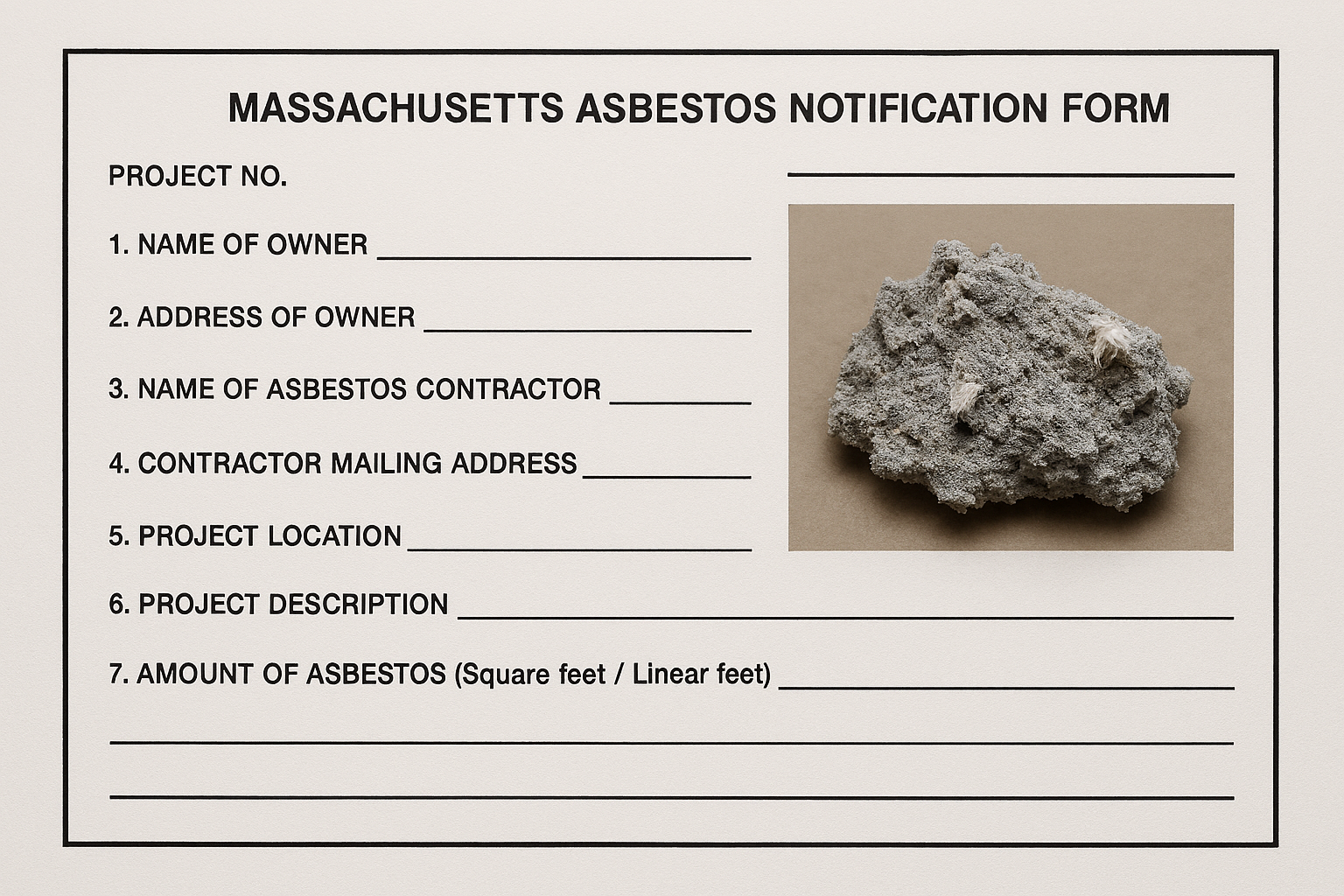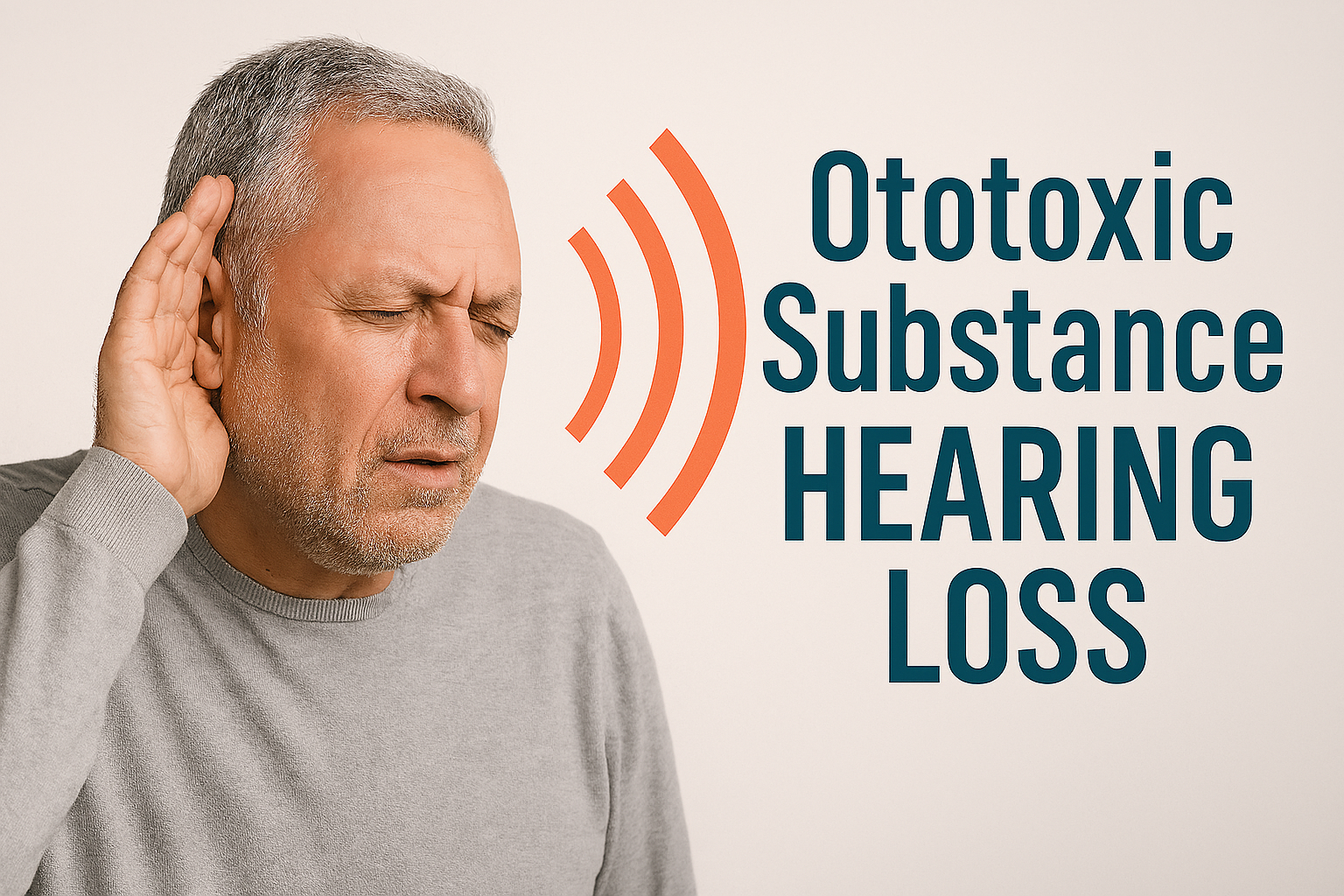When an infected person exhales or speaks, they release microscopic droplets into the air that may carry copies of SARS-CoV-2 RNA. Previous research estimates that speaking releases 2600 droplets per second. The RNA can be compared to pollen released by a flower when the wind blows. The speaking person releases “pollen,” or infectious RNA, and anyone nearby is a receptor of those RNA containing particles. Just as each person may react differently to pollen, their reactions to SARS-CoV-2 RNA may vary depending on how many RNA copies are inhaled.
The viral load, or the number of copies found within a certain amount of sputum, varies significantly. It can vary by a factor of 1,000,000, meaning a single exhaled breath could contain the amount of “pollen” released by just one flower up to 1,000,000 flowers. The calculations presented are based on the viral loads of 7 copies per nanoliter (nl) and 1000 copies per nanoliter.
To determine the possible concentrations of RNA copies in various room sizes, it was assumed that an infected individual was speaking without a mask inside an unventilated space for 30 minutes. The average breathing rate is 10 liters per minute. Using a viral load along with an estimation of the average particle size released when talking and an estimation of the number of particles released per second, a generation rate can be calculated. The generation rate of one person using our estimated parameters in turn allows the calculation of the number of airborne particles in an unventilated space and how much virus can be inhaled. The exposure potential for the conditions described are summarized in the table below.
It is evident that the viral load, among many other properties including room size, number of infected people, mask use and ventilation, has a large impact on the number of copies that are present. The infectious dose, or number of copies needed to cause an infection, of SARS-CoV-2 is still unknown.
It has been postulated by Dr Erin Bromage (The Risks-Know Them-Avoid Them) that an infectious dose is in the vicinity of 1000 SARS CoV-2 viral particles. This number was based upon MERS and SARS infectious dose studies. The actual SARS-CoV-2 infectious dose is unknown and could be substantially higher or lower and could occur from routes of exposure other than inhalation. The information is provided to put the above calculations in perspective. It must be stressed that the actual numbers presented in the table can vary tremendously. As can Dr Bromage’s estimate.
If the infected person wears an N95 mask, the number of particles released can be reduced by up to 99%. For cloth masks, the reduction is likely in the range of 30%-60%. The smaller the particle the lower the collection efficiency. The uninfected person can reduce the risk of inhaling a particle by wearing a mask as well.
Another important factor is
ventilation. By filtering the air inside of the room, airborne particle concentration can be reduced. Bringing fresh air in will also dilute the airborne RNA. If there is no ventilation, a High Efficiency Particulate Air (HEPA) filter placed inside the room can recirculate air throughout the room while removing more than 99.9% of particles.
Without a doubt, the best way to avoid infection is to stay at home, but this is not always possible. Even simple adjustments like masks, ventilation, and filters can help to make contact with others much safer for everyone involved.
If your company is looking for guidance on how to make the work environment safer we can help! Please see our COVID-19 support services we offer by clicking the button below. You can also ask a question through a simple web form.
Note: Research and content of this blog developed by Shea Hanson





